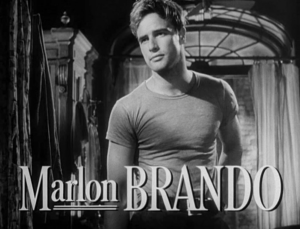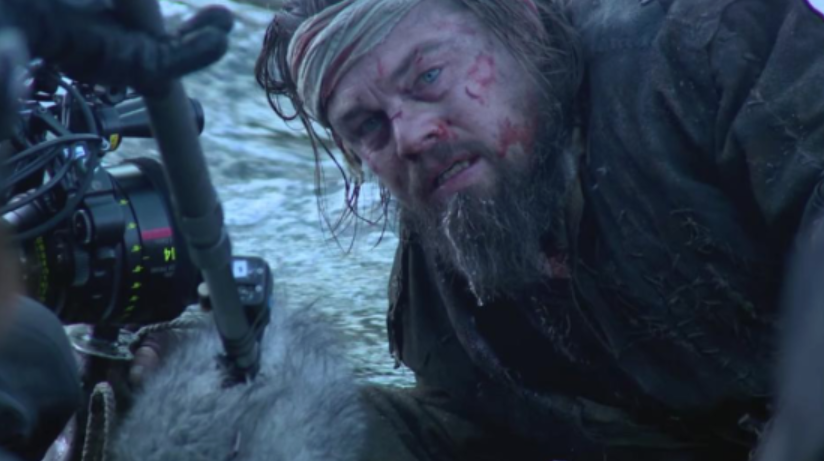Make no mistake about it: the technique known as method acting has played a huge part in the history and evolution of the acting profession, and there are many venerated method actors still producing exceptional works today.
But does method acting have a place in the future of the industry?
That’s the question raised in a recent Atlantic op-ed entitled “Hollywood Has Ruined Method Acting.” It’s a bold claim, and one that is worthy of unpacking.
But first, what is method acting?
NYFA New York’s acting program chair Glynis Rigsby feels it’s important to recognize that this, in itself, is an important question: “’Method acting’ is typically aligned with the work of Lee Strasberg as separate and distinct from the many phases of Stanislavski’s work, Michael Chekhov, Sandy Meisner, Stella Adler and others. (Stanislavski had a system, Strasberg had a method).”
What made Strasberg and “the Method” distinct among American acting techniques was an emphasis on intensely experiential, personal work — that can be gruelling physically and emotionally. This is usually what American audiences associate with “the Method,” in contrast to Russian innovator Stanislavski’s system, which also emphasized the actor’s use of imagination to portray their roles.
Why So Serious?
The Atlantic uses the oversaturated news about Jared Leto’s method acting during his turn as The Joker in “Suicide Squad” as a springboard for discussion, pointing towards how tales of his antics during production — sending cast members used condoms, forcing the crew to call him “Mr. J”, and marathon-watching tapes of real violence — has bombarded media reporting about the film.
And while the accuracy of these stories has been called into question, there’s no doubt whatsoever that they have generated more column inches than is warranted or necessary. As an unimpressed Esquire writer put it: “Can Jared Leto shut up about his method acting in ‘Suicide Squad?’ We get it.”
That was written long before the movie even came out. There have been even more press interviews since where the topic has been crowbarred in, to the point where it’s rare to see Leto’s name printed as anything less than “Method Actor Jared Leto.”
Alongside the fact that this is an annoyingly (and increasingly) popular marketing trick and arguably little else, the wider charge here is that it creates the illusion that there is no such thing as good acting without suffering.
As Angelica Bastién notes in her Atlantic piece, a huge deal is made of the extremes of method acting (think DiCaprio’s tribulations during “The Revenant”). The issue here is that this sometimes happens to the exclusion of all else during the marketing — and critical examination — of a film.
Blood, Sweat and Weight Loss
The main problem with this phenomenon is that when a high-profile actor claims to be a “method actor,” this is meant to signal to the media that they have accomplished “a performance worth paying attention to.” And that doesn’t necessarily follow.
That’s not to say that Leonardo DiCaprio isn’t a fine actor (because he is), but many industry insiders and actors feel that the Academy shouldn’t base their awards decisions on who lost the most weight for a role that year — or who slept in how many dead animal carcasses during production.
Bastién also makes a compelling case in her article for the gender disservice perpetrated here, too; when you think media talks of “strong” method performances, it’s nearly always males that come up — and acting “manly” in some physical way.
This overshadows exceptional performances by many female method acting giants (think: Melissa Leo in “The Fighter,” Jessica Lange, Ellen Burstyn), and raises the question whether a casting director, producer, or audience would have as much patience with a female lead pulling shenanigans in the name of “method acting” like Leto. Female method actors are arguably often ignored.
But all of this, of course, sidesteps the question of whether method acting in reality is the same as method acting in the media — and whether drawing attention to an actor’s preparation should matter when it comes to experiencing their performance.
Stanislavski’s Tool Box
We’ve said it before and we’ll say it again: method acting is not a magic bullet that will instantly makeyou a better actor. It’s a tool to be used with specificity, purpose, and discipline.
Constantin Stanislavski is seen as the father of modern acting, but his pioneering advances in the craft are often glossed over and he gets referred to simply as “the guy who invented method acting.” As we learned above, this is a misconception: Stanislavski’s innovations later inspired Lee Strasberg to create the robust and demanding style we think of as method acting.
Stanislavski himself was keen to urge students to find their own paths rather than rigidly follow his example, and had many more ideas to offer to an actor looking to expand his or her toolbox.
So Is Method Acting Over?

No. At least, not in the sense it’s the last we’ll hear of it in the media. And we hope that conscientious actors will continue to carefully apply their method skills in safe and smart performance choices. Method acting still has a place in the profession, as long as the story is put first and the spectacle of a performance (or related hype) remains secondary. Ultimately, it’s the performance — and not necessarily the actor’s way of working — that audiences remember.
If method acting is a discipline that works for you, it may be prudent to take a leaf out of Daniel Day-Lewis’ book: do the work and let your performances speak for you.


